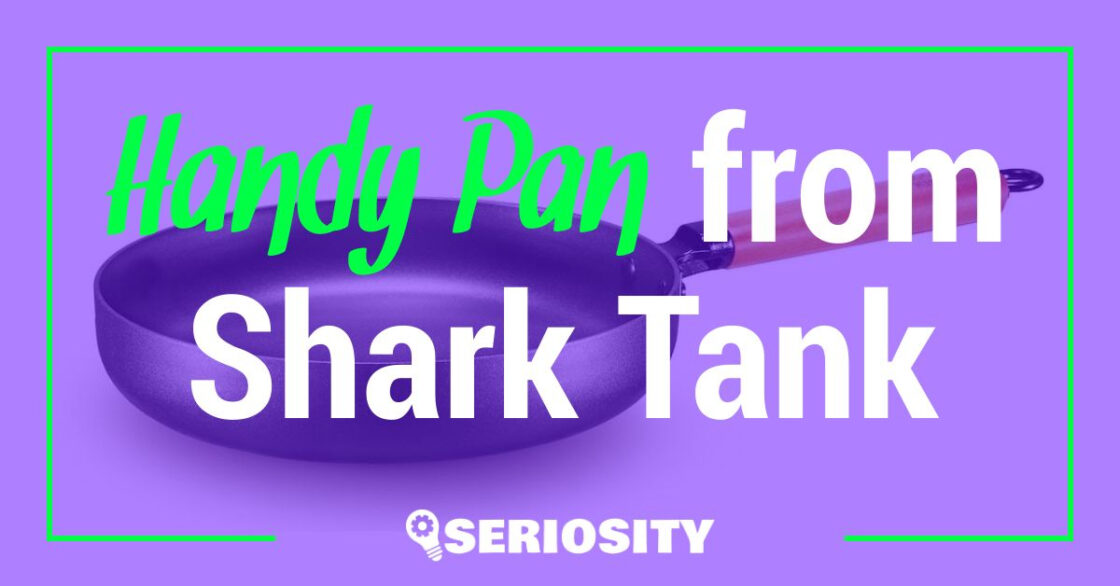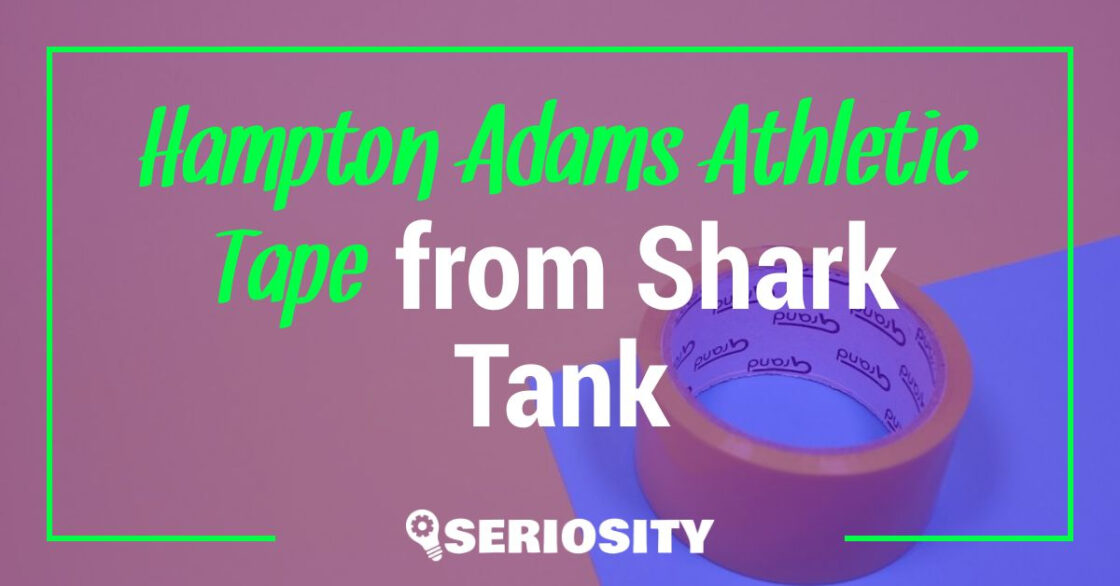Adults pitch expanding their real businesses on Shark Tank, but children and teens can learn from the show and put its concepts into practice in the classroom.
Whether for a club like Future Business Leaders of America (FBLA) or a class, like Essentials of Business in the home economics department, your school can launch a project that teaches students the value of business and how to pitch successfully.
Shark Tank Inspired Ideas for School Projects
Projects based on Shark Tank teach skills like negotiation, finance, communications, collaboration, and creativity. Students eventually use those skills in the real world in their careers. Developing them early, in junior high school or high school, helps them achieve better outcomes by offering preparation at a time in life best suited to their learning.
Project 1: Single Small Group Business and Expansion
A small group, such as the membership of a school’s FBLA club, can launch a project that develops a business in the first semester of the school year, then expands it during the second semester. Expansion can require pitching to instructors or club advisors, each of whom manages a mini-fund from the club’s treasury.
This local, mini-shark tank only includes one business but offers the students the opportunity to build both the business and the pitch to expand. With a successful pitch, they land funds for expansion during the second semester.
Instructors can make the audience optional, but the students would pitch in front of the panel of instructors who play the “sharks.” This project adds a component to a typical FBLA project conducted throughout US schools – the second-semester pitch for expansion.
Researching and developing the pitch, as well as the practice of presentation and development of negotiating skills offers an added-value learning experience for the students. This project could also work effectively in a scouting troop setting.
Project 2: Multiple Small Group Business and Expansion
In larger schools or areas with multiple sections of the same business class, teachers can expand the first project to include multiple businesses. Each section of the year’s business class develops its own business from the ground up in the first semester.
While their products don’t necessarily compete against one another, similar to what happens on Shark Tank, each business does pitch to a panel of instructors playing the “sharks.”
Similar to project one, this project also teaches negotiation, finance, communications, collaboration, and creativity. It also includes the business plan requirement, plus the research and development of a presentation and pitch.
Funding for business expansion could come from grants from non-profits or funds developed to assist teachers with classroom achievement and program enrichment. These funds include options like DonorsChoose.org, Elmer’s Teacher Tool Kit Grant, NEA Foundation Student Achievement Grants, and the ING Unsung Heroes grant.
Depending on the instructor’s project design, each business can land expansion funding or one or more can get turned down initially. Just as businesses can return to Shark Tank to pitch a second time, so can the students. At mid-semester, they could opt to re-pitch if they failed to obtain expansion funding at the beginning of the semester.
Project 3: Online Group Business and Expansion
An option for those who home-school, this Shark Tank project utilizes the online classroom and a video messaging app, such as Zoom or GoToMeeting. It works with either the small, single business group method or the multiple business group method.
To add it to a county-wide or statewide curriculum, use the multiple business method. To use a similar methodology to the in-classroom projects, divide students into groups of about 20 individuals. This creates a business group of about the same size as an FBLA membership or a section of the class.
Students develop the business from scratch in their class-sized groups during the first semester. During the second semester, they develop pitches and financial reports to pitch their business to a panel of instructors playing the sharks.
By using a group project and online meetings, the application of the Shark Tank class project offers home-schooled children interaction with peers frequently lacking otherwise. This helps them develop social skills required in the work world that they would otherwise learn during interaction in a school setting.
Shark Tank Classroom Materials for Junior High School and High School Students
You can find the three scenarios discussed above fleshed out in detail in lesson plans available for free on Money Prodigy and NCEA Talk. Both sites offer fully developed lesson plans for a 14-class meeting semester.
The FBLA offers more than the high school level activities that most people know. It also offers curriculum and funding to launch clubs at the middle school and college levels.
Teachers and parents homeschooling their children can leverage the FBLA’s free Virtual Business Challenge for the first-semester project, then use this virtual challenge as the basis for the second-semester research and pitch. Since no business exists and the child uses the FBLA virtual business, the project doesn’t require actual funding for the post-pitch either.
You could switch to a tabletop game of your own creation. The student would roll dice to determine what occurred during that day’s or week’s business. Depending on the number rolled, the teacher or parent would select a corresponding scenario that models real life.
Getting Creative
If the above ideas don’t fit your needs or suit the learning situation of your students, you use an existing game or create your own.
The mobile game Shark Tank Tycoon, available for Apple and Android mobile devices lets the player invest in products as a shark, build a business, expand into various markets, hire managers, and complete daily challenges and limited-time events.
The game models real-life business, so if the student correctly invests and hires, they achieve passive income because their money works for them as they sleep.
To create your own game, you only need time to create the scenarios, creativity, and a computer with a printer. Create your own game board and scenario cards. Make board game pieces and grab a set of dice.
The less complex you make the game, the better because that expands the age range to which you can apply the game. Most of the curriculum for Shark Tank projects addresses a target audience of students in grades six through 12.
You can apply the fun and excitement of Shark Tank to learning. These classroom projects show you how.





